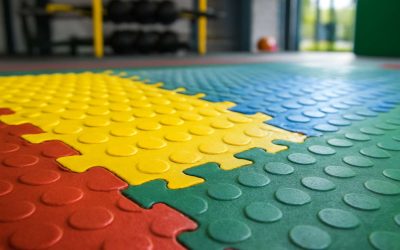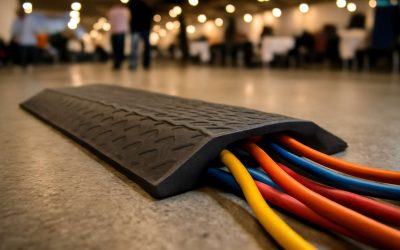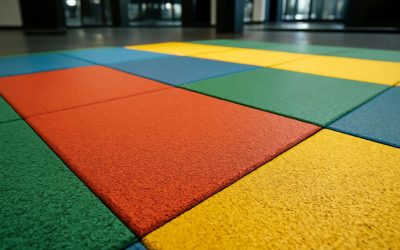
Rubber is a versatile flooring option that works well in a wide range of spaces. It is durable, low-maintenance and antimicrobial. It is also resistant to mold and fungus and makes a great floor for people with asthma or allergies.
Its durability is the reason why it’s often used in athletic spaces like gyms. And it’s also one of the most environmentally friendly materials out there – especially since it is made from recycled rubber tires that are otherwise thrown away.
Whether it’s in a gym, a school, or a residential building, rubber is an excellent choice for high traffic areas where extra cushion under foot is needed to avoid injury and aches and pains. It’s also a sound insulator, which is essential in commercial settings.
When selecting a product, you’ll want to consider its price, durability, installation and care and maintenance needs. You’ll also need to think about the environment – for example, is it sustainable?
Where to Use It
Because it’s a natural material, rubber is more expensive than some other flooring options. This can be a problem if you’re trying to fit into a budget, but over the long run, it will pay off with savings in terms of lower maintenance and longer lifespans.
Where to Buy It
There are a few types of rubber floor tiles and sheet products, with tile options in a variety of textures and colors. These include patterned looks, flat styles and more. They are available in a range of sizes to accommodate even the most complex interior design schemes.
Installation is easy – but it’s important to note that this type of flooring requires a solid surface to hold it in place. This means that it’s best to avoid using it on concrete or other slippery surfaces.
It is not ideal for kitchens or areas where water may be present, such as bathrooms or shower areas. It’s not as waterproof as sheet products, which will be more effective in such environments.
If you do decide to install rubber, you’ll need to be sure to apply a suitable adhesive that’s strong enough to hold the floor in place. Failing to do this can cause the floor to move and potentially damage the concrete.
How to Clean It
Once you’ve installed a new rubber floor, it’s best to keep it as clean as possible. Spills and dirt should be wiped up right away, and vacuuming is recommended to reduce the accumulation of dust and debris. If you’re not sure how to best clean it, consult with an expert at your local flooring store.
What to Avoid
Using abrasive cleaners and mopping pads can snag the surface of the rubber flooring, making it more likely to scratch. You should also avoid using acetone or acidic solvents as these can cause discoloration and permanent damage to the floor.
It’s also a good idea to use plain soap and warm water when cleaning it. This will help to prevent a buildup of dirt and grime, and keep the rubber looking bright and shiny.



0 Comments